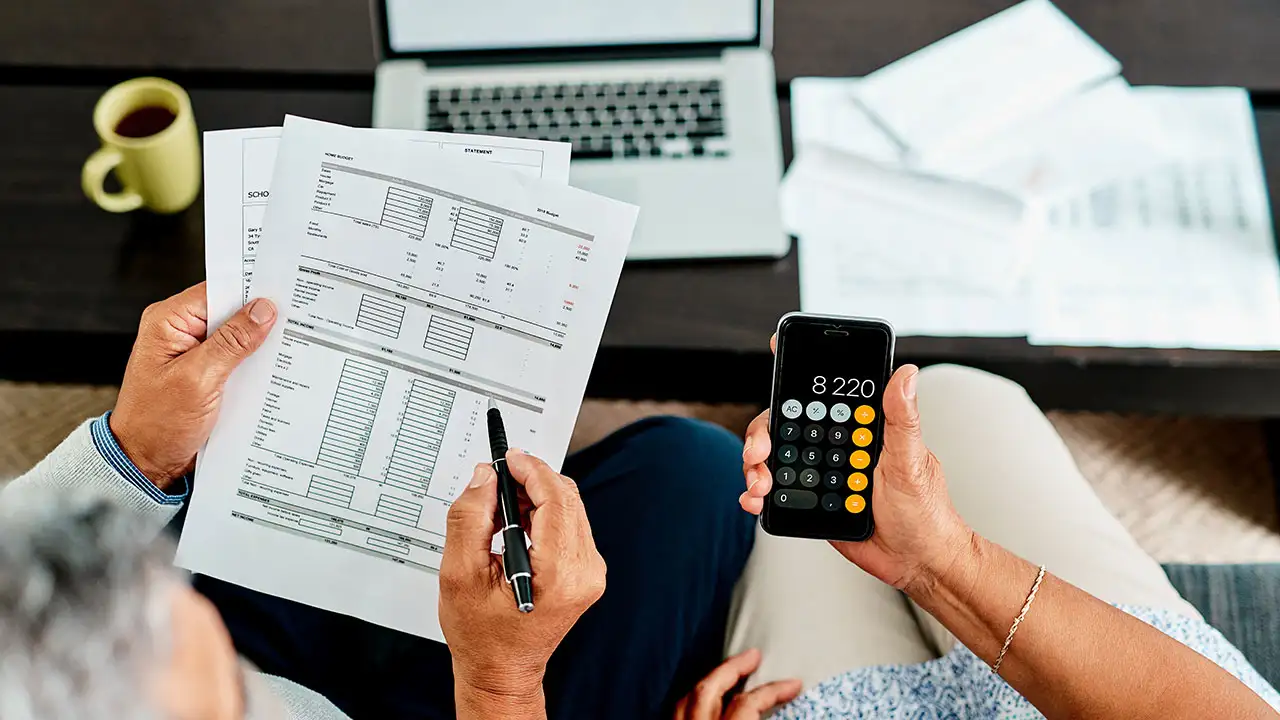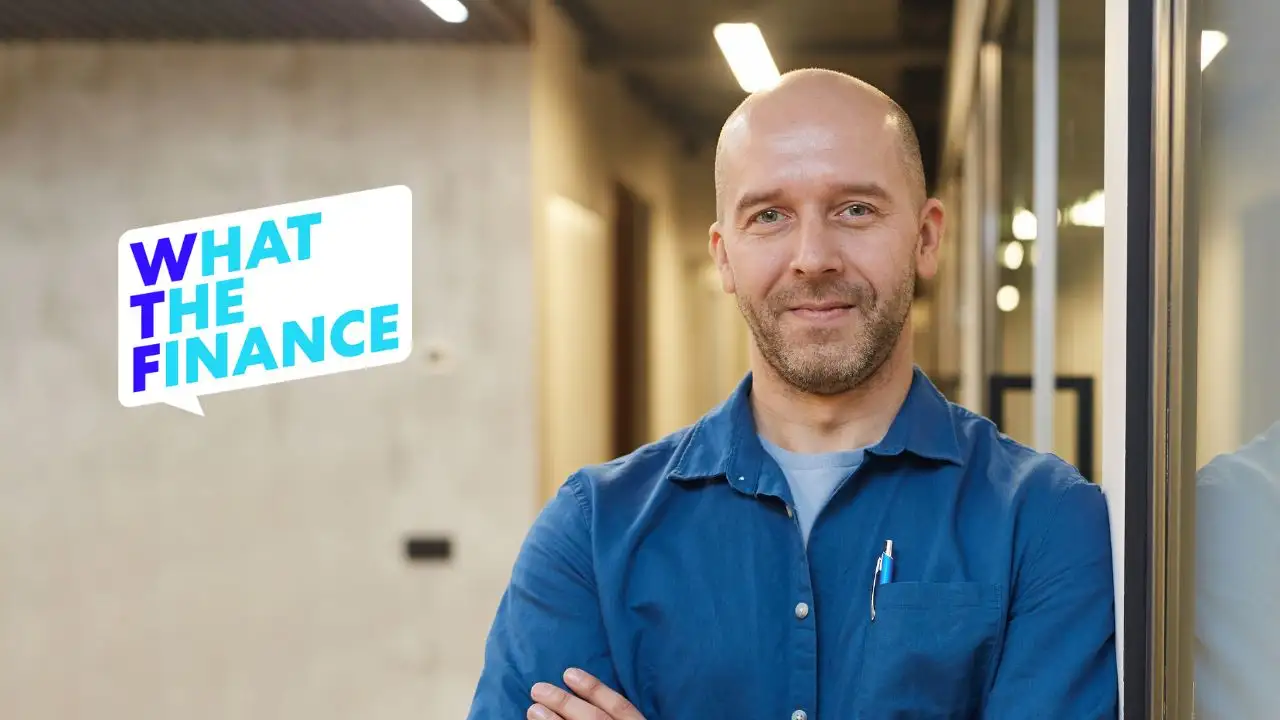
Everyday Finances
4 simple steps to start your path to financial freedom
Jan 10, 2024
Written by
Reviewed by
For many people with debt, there comes a day when you say, “Enough is enough. I’m ready to enjoy life more and stress less about money.” Getting rid of your debt can help you reach that goal, and that journey starts with taking the very first step.
We'll walk you through the steps to create a debt repayment plan and knock out that debt for good, step-by-step:

1. Take stock of your debt
Your debt might currently feel like mushy soup, with a bunch of ingredients blended together. Time to get organized.
First, gather up your info. List each debt and creditor, as well as the minimum required payment.
Next, focus on debt that would cause serious, immediate consequences if you were to stop paying (your car loan, your mortgage, your child support payments, and so on).
Now, turn your attention to the culprits that are holding you back. We’re talking about high-interest debts, especially credit cards.

2. Pick your approach
There are many ways to pay off debt. Now that you've made heads and tails of your debt situation, roll up your sleeves and figure out which debt repayment approach you'd like to try. Popular tactics include:
Debt snowball. In a debt snowball, you list your debts by balance. You’ll start by paying off the smallest debt and work your way up.
The main perk of this approach is that it gets you to your first debt payoff fastest. That can be highly motivating and provide the momentum you need to stick to your plan.
Debt avalanche. In a debt avalanche, you list your debts by interest rate and focus on the most expensive one (with the highest interest rate) first. Then you work your way down. You may need to look at your statements to figure out what interest rate you pay on each debt.
The main advantage of the debt avalanche? You could save money on interest. The higher the interest on your debt, the more the debt costs you. So by working hard at crushing that highest-interest debt first, you’re working toward putting more cash back into your pocket.

3. Budget, budget, budget
Now that you have an idea of how to make steady headway, one question remains. How can you afford to go all-out and aggressively knock those balances down? You’ll need to have a budget.
If you don’t track your spending, start. You can do it the old-fashioned way, with pen and paper or a spreadsheet, or you can use an easy money management app like Achieve MoLO to track your spending and income. Then you’ll see where your money goes and hopefully identify areas where you can spend less. If you’re going to put more money toward your debt, it has to come from somewhere. Even a few more bucks each month will help you make progress.
If money is tight, it can be hard to find places to trim financial fat. Not sure where to start? Start by looking at your recurring expenses and subscription services. Even if it’s a service you can’t cancel, you could reach out to the company and ask if they have any available promotions or discounts you can take advantage of. Look at restaurant spending, too, and for ways to save on utilities. The money you save can go straight toward your debt.

4. Negotiate your debts
For most people, getting rid of debt takes money, time, and a plan. It’s okay to need help. If you have debt that you genuinely can’t afford to repay because of a hardship, you might be able to negotiate with your creditors to lower the amount you owe. You can negotiate your debts yourself or you can work with a reputable debt resolution company and let experts negotiate on your behalf. Get a free financial assessment to see if debt resolution could help.
Taking action puts you on the path toward financial freedom. Even after you choose a plan of attack, there’s no rule that says you can’t choose a different plan later on. The important thing is to start.
Author Information
Written by
Jackie is an Achieve contributor. She is an accredited financial coach (AFC®) who has written for Business Insider, BuzzFeed, CNET, USA Today's Blueprint, and others. She coaches artists and freelancers.
Reviewed by
Kimberly is Achieve’s senior editor. She is a financial counselor accredited by the Association for Financial Counseling & Planning Education®, and a mortgage expert for The Motley Fool. She owns and manages a 350-writer content agency.
Related Articles
Spoiler alert: APR is just how much your loan costs for a year. Find out here how it differs from your interest rate.
Miranda Marquit
Author
Meta description: A home equity loan could turn your home’s value into money you can spend to improve your life. Find out how.
Jackie Lam
Author
Expecting a check from the IRS and wondering what to do with it? Check out this inspo for smart ways to use your tax refund.
Kimberly Rotter
Author
Spoiler alert: APR is just how much your loan costs for a year. Find out here how it differs from your interest rate.
Miranda Marquit
Author
Meta description: A home equity loan could turn your home’s value into money you can spend to improve your life. Find out how.
Jackie Lam
Author
Expecting a check from the IRS and wondering what to do with it? Check out this inspo for smart ways to use your tax refund.
Kimberly Rotter
Author


